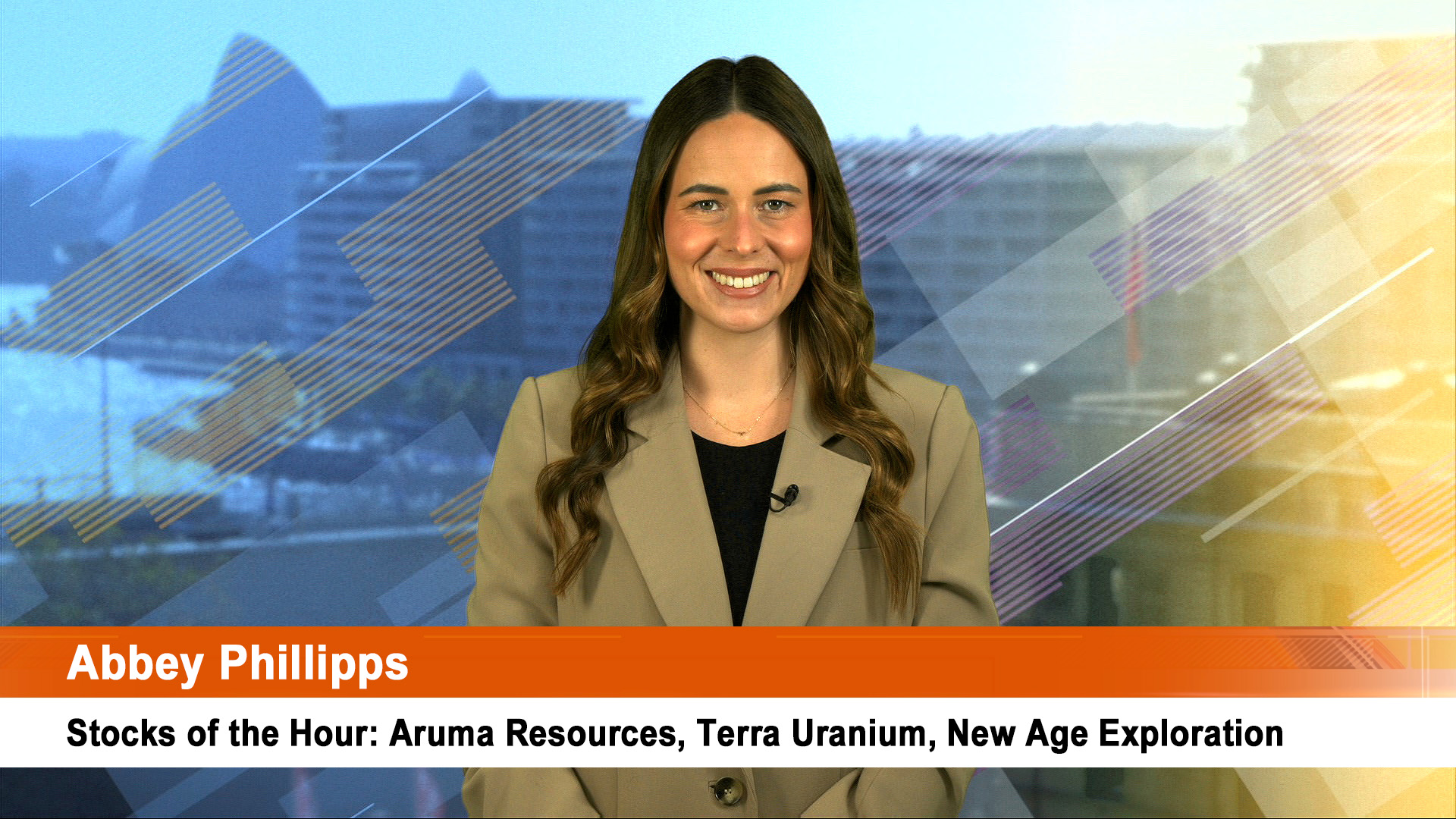The Australian dollar remained firm off the back of contradictory reports from China of a steadying in activity in the manufacturing sector, and yet another fall in world iron ore prices.
While the fall in iron ore prices saw an initial easiness in the market, the big negative was the now usual fall in bank prices in the wake of a profit from a major – this case it was the solid figures produced by the ANZ, which were overwhelmingly bullish.
The dollar traded over 93 USc, and then dipped under that level during trading yesterday, only to charge back over 93c in late local trading.
There were no fears about the fall in the iron ore price, or the sell off on the ASX.
The release of the Commission of Audit report yesterday afternoon had no impact on the dollar or the stockmarket and shares of service companies jumped sharply.
The weakly performing Transfield, for example, which used to be chaired by Audit head Tony Shepherd, rose 4.7% as investors sawing it benefitting from the sell offs of government assets suggested by Mr Shepherd’s body.
UGL shares, another poorly performing services group, saw its shares rise 1.3%.
The release of the official government survey for April of China’s manufacturing sector showed a tiny rise to 50.4 from 50.3 in the reading.
That means the sector is still growing (slowly). This survey looks at major Chinese companies.
The small to medium company sector is surveyed by HSBC/Markit which released its survey for April on Monday, which is a couple of days later than its usual first day of the month release.
The ‘flash’ report from HSBC/Markit last week showed another month of modest contraction in the pace of activity in the small and medium parts of the sector.
A worry from the official survey (called a Performance of Manufacturing Industry, or PMI) was a dip in export orders (remember Chinese exports have been weaker than expected so far this year), while employment prospects remained weak.
In Australia though a different story with the solid value of the dollar apparently responsible for another weak report.
The Australian Industry Group’s Performance of Manufacturing index fell to its lowest level since July 2013, down 3.1 points to 44.8 (well below the 50 point dividing line between expansion and contraction).
AiG chief executive Innes Willox said the strong Australian dollar had put pressure on local manufacturing and if the budget raises taxes it could further slow activity in the sector.
"The sharp fall in manufacturing activity in April highlights the ongoing weakness in the sector and the parts of the economy that are linked with manufacturing," he said in yesterday’s statement.
"The softness in manufacturing also highlights the risks facing the broader economy and bolsters the risks of a contractionary budget that further slows activity by raising taxes or excessively cutting back on public sector demand."
Respondents to the survey had expressed their concern about the lack of new orders and activity as well as the stronger Australian dollar, which had intensified import competition and dampened demand for locally made products.
And data out yesterday showed that the surge in home prices seen in March, slowed noticeably in April, rising only 0.3%, according to RPData’s monthly City Index.
That was a marked contrast to the very strong 2.3% jump in March, and the 3.5% rise in the first quarter.
Falls were seen in Melbourne (-0.5%) and Canberra (-1.1%) , while there were rises of 0.2% in Perth and Hobart, 2.1% in Adelaide. and half a per cent in Sydney.
Canberra prices are down 0.2% in the period February – April and no doubt reflect the rising fears among people in that city about the cuts to come in the Federal Budget and expectations of thousands of job losses.
And, the Reserve Bank said this week that housing continues to drive lending growth in Australia.
Lending in April rose an unchanged 0.4% from March and means that after the rises in December, January and February, lending is now having its strongest growth since late 2008 (when the GFC was breaking over the economy).
It lifted the annual growth rate to 4.4% and the latest half year to an annualised pace of 4.9%, the sharpest pace for five years.
The figures are dominated by housing credit, which had annual growth of 5.9%, with investor lending up an annual 7.9%.
But so far this year, investor housing is running at well over 8% annually, while lending to owner/occupiers is up an equally solid 5.4%.
Overall home lending grew at an annual rate of 6.4% in the first four months of the year (compared with growth of 4.8% in the first four months of 2013).













